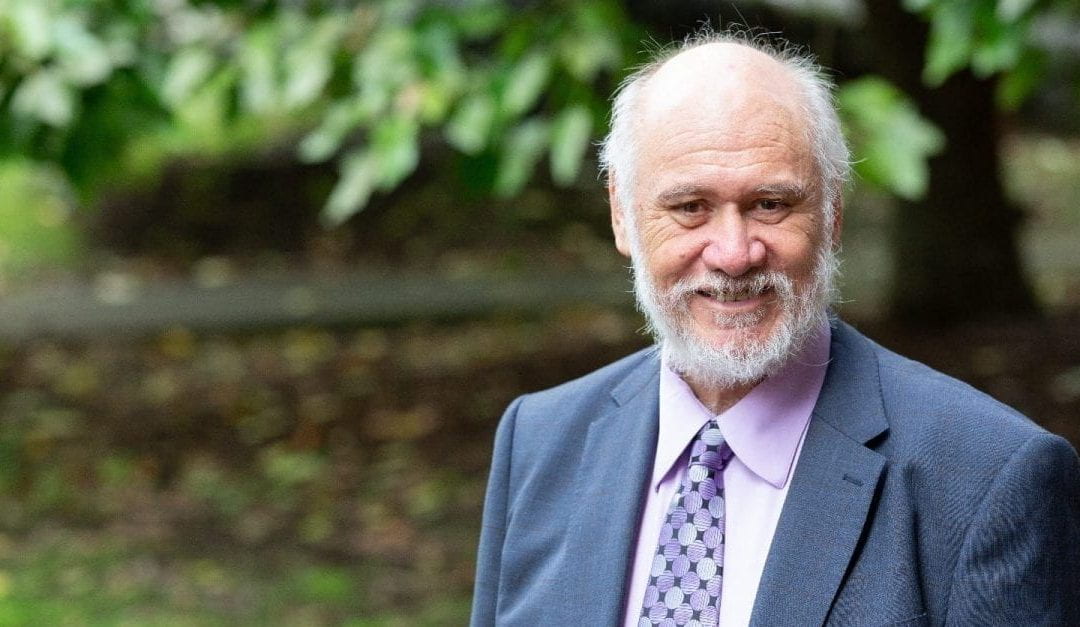A hui held at the University of Auckland on 2 July 2019 marked a special moment in the history of Te Pūnaha Matatini – the inauguration of our first ever kaumātua Dr Tom Roa (Ngāti Maniapoto, Waikato).
Dr Tom Roa, a Tainui leader and Manukura / Associate Professor in the University of Waikato’s Faculty of Māori and Indigenous Studies, is a familiar figure on marae throughout Tainui and the country. Over the years, Tom has also been a leading figure helping to bring the Māori language into the mainstream, and he is one of the founders of Te Wiki o Te Reo Māori movement in the 1970s.
Tom’s appointment as Te Pūnaha Matatini kaumātua enables us to continue to grow a safe and inclusive CoRE for our multicultural team of investigators and students, and maintains our leadership in this particular area within the Aotearoa New Zealand science and research system.
The July hui at the University of Auckland comprised a large gathering of Te Pūnaha Matatini investigators, friends and Whānau from all over New Zealand.
Following a warm mihi whakatau, Te Pūnaha Matatini Incoming Co-Director Cilla Wehi shared stories about her work with Tom over the years and provided some personal insights.
“Matua Tom has a very long research career in linguistics and translation,” said Cilla. “More than that even, he is valued for his immense skills in the Māori world as somebody who has incredible expertise in whaikōrero, in the art of oratory, but who can also cut to the point in a very pithy way.”
Cilla then welcomed Tom to the stage for his keynote speech – ‘He Puna Pūnaha’ – a springboard for ideas in the myriad of theories and systems to be explored.
Tom’s talk was inspiring and it was a privilege to hear him speak. He talked about key concepts and traditions central to mātauranga in a way that his audience, many of whom are relative newcomers to Aotearoa, appreciated immensely. Tom also shared a karakia, a prayer invoking spiritual guidance.
“I have a fascination with how mātauranga Māori and science can be woven together. So TPM fascinates me even more because of the interdisciplinary nature of so many of the projects that I’ve had a glance through,” said Tom.
“When Potatau, the first Māori King was anointed, he said ‘there is but one eye of the needle through which must pass the red, the black and the white threads’. Many people have taken that to mean that it’s about bringing people together,” said Tom. “But for TPM, I suggest that you might have a mathematical thread, somebody else might have an ecological thread, somebody might have an economic thread.
“Somebody might have all of these different kinds of threads, along with my Māori thread,” said Tom. “And if we thread those through the eye of the needle, they become something else. They become interweaved, and my suggestion is that if we thread that eye of the needle and if we bring all of that together properly, then we have a new creation – new data, new knowledges, new insights. Through that weaving.”

